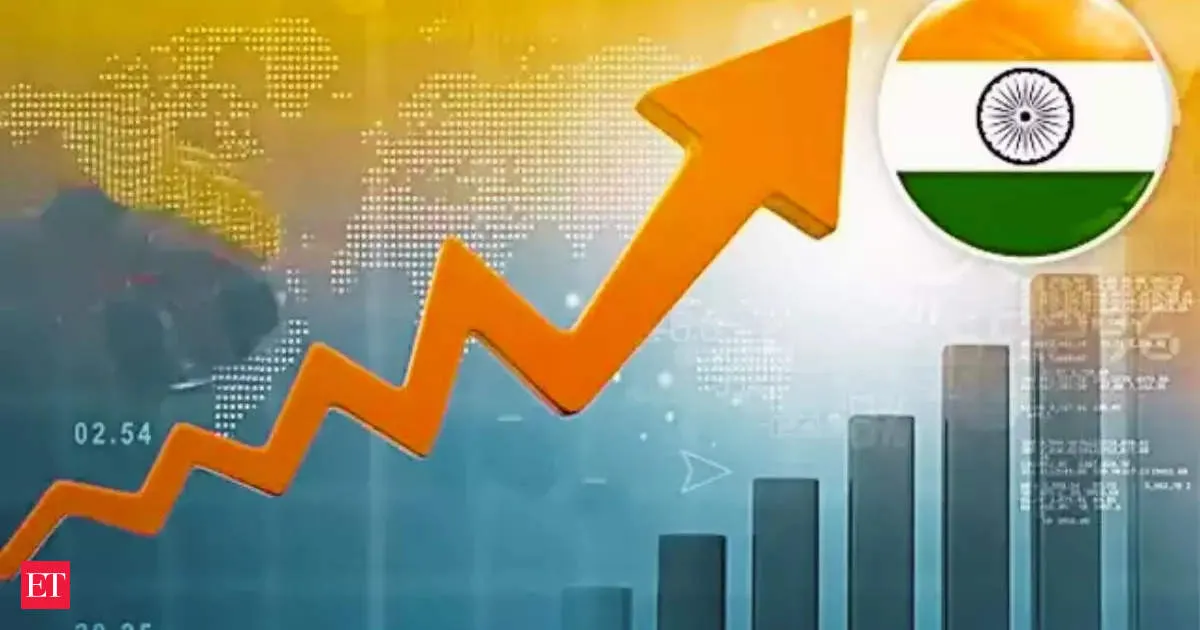Inflation and Monetary Policy Driving India's Path to $10 Trillion Economy by 2032

Inflation and Monetary Policy's Role in India's Growth
Inflation and monetary policy are key drivers influencing India's ambition to become a $10 trillion economy by 2032. According to a report by IDBI Capital, India is expected to add $1 trillion to its GDP every 18 months, showcasing an extraordinary economic transition. This momentum will help India potentially outpace major economies like the US and China in manufacturing.
Boosting the Manufacturing Sector and GDP Growth
- Key initiatives, including Make in India, are projected to enhance the manufacturing capabilities.
- Manufacturing sector's contribution is set to be 32% of the incremental Gross Value Added (GVA).
- India's GDP journey has accelerated, reaching $2 trillion by 2017, and $3 trillion by 2020.
Production Linked Incentive Schemes
The Production Linked Incentive (PLI) schemes by the government are aimed at driving robust demand in the manufacturing domain, signaling a promising pathway for India.
India's Export Potential
- Exports are anticipated to account for 25% of GDP, reaching $2 trillion by 2030.
- The shift in global supply chains supports India's growing export capacity.
With increasing public and private investments and a favorable demographic trend, India is well-poised to emerge as a significant player in the global economy.
This article was prepared using information from open sources in accordance with the principles of Ethical Policy. The editorial team is not responsible for absolute accuracy, as it relies on data from the sources referenced.